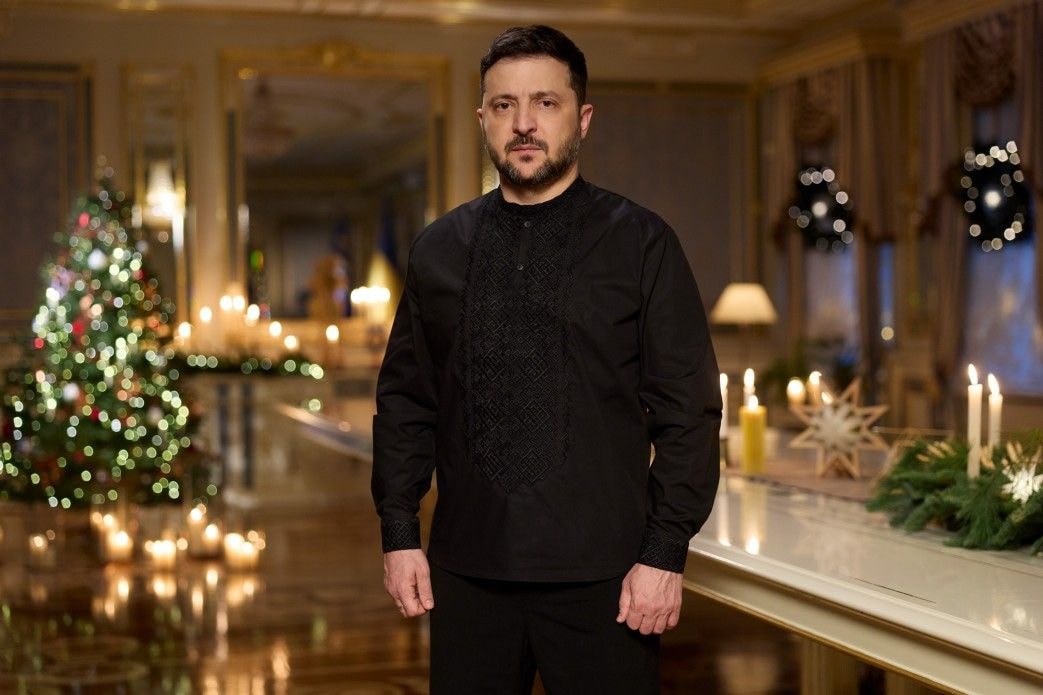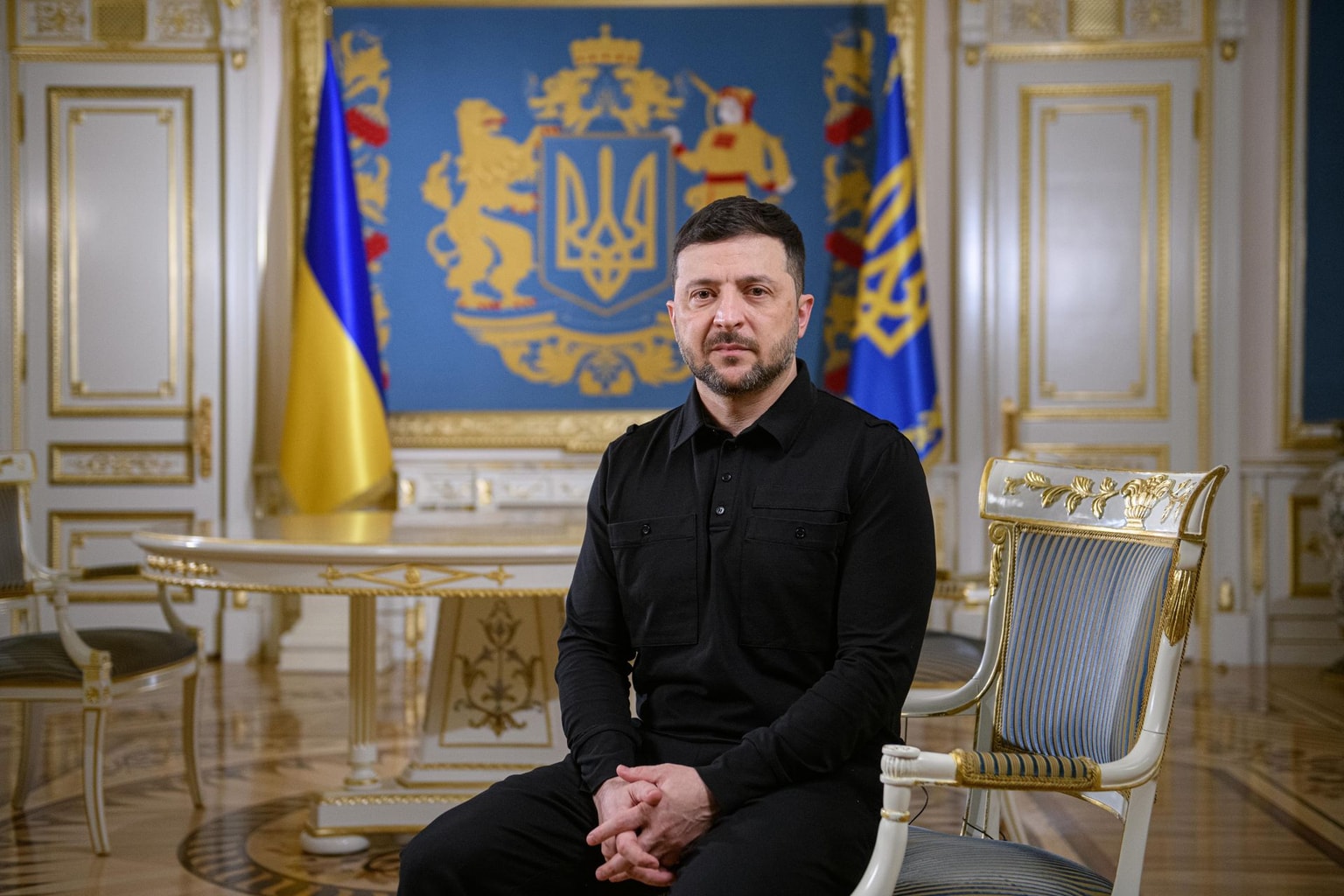Bloomberg: Allies have provided Ukraine with over 4,000 weapon systems since Feb. 24, 2022.
Since the beginning of Russia's full-scale invasion of Ukraine on Feb. 24, 2022, Ukraine's allies have provided it with more than 4,000 armored vehicles, artillery pieces, aircraft and other weapon systems, Bloomberg reported.
So far, Ukraine has received 410 Soviet-era tanks; 300 infantry fighting vehicles, of which 250 are Soviet designed; 1,100 armored personnel carriers; 925 mine-resistant ambush protected vehicles; over 1,540 infantry mobility vehicles; 300 towed howitzers; 95 multiple rocket launchers, and over 59 air defense systems, according to Bloomberg.
Bloomberg reported that no country has yet provided or agreed to provide Ukraine with long-range missiles capable of striking targets deep in Russia, as they believe it could lead to a direct confrontation with Russia.










